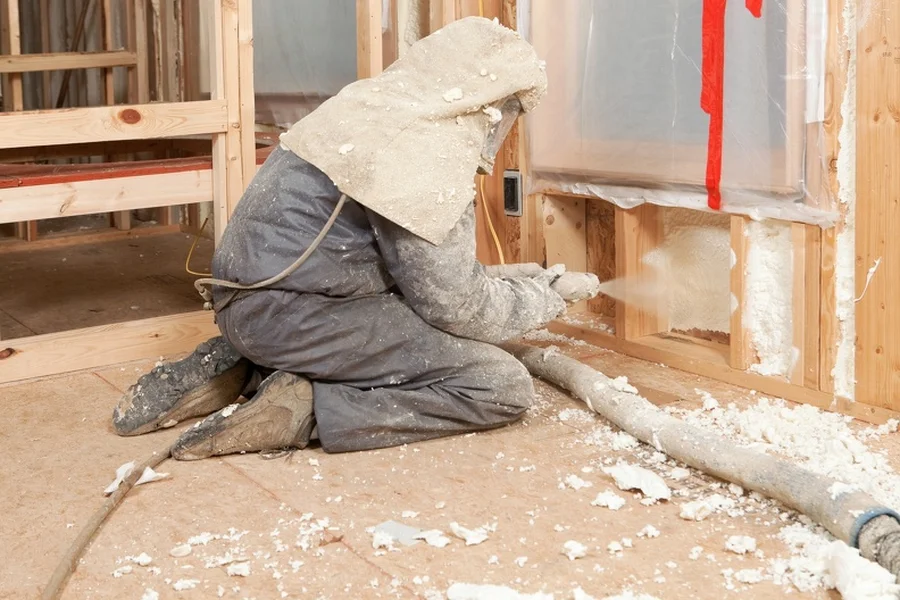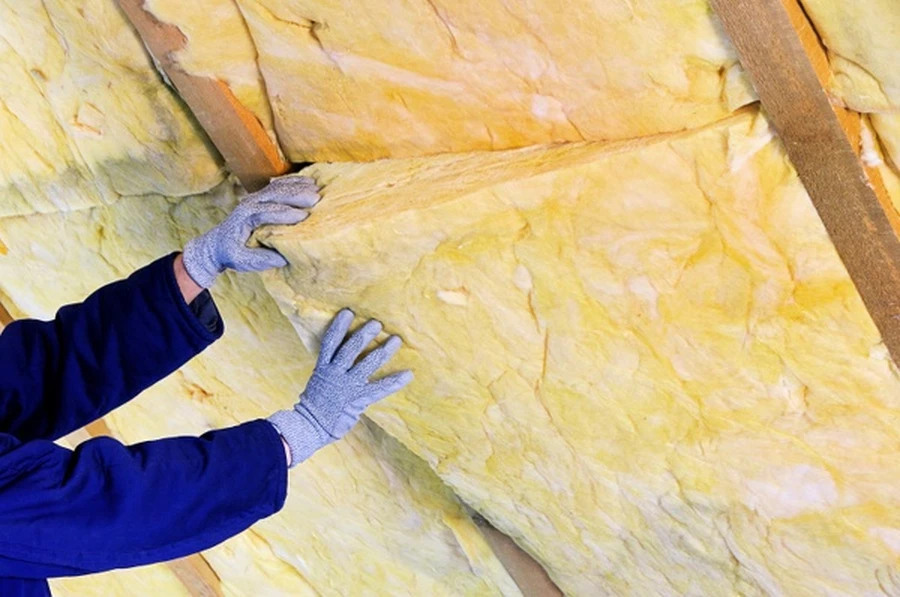Effective Ways to Insulate Your Historical Home
Older homes possess a unique charm and character, often becoming cherished landmarks in their communities. However, they can present challenges when it comes to energy efficiency, particularly in insulation. Proper insulation is crucial for maintaining comfortable indoor temperatures, reducing energy costs, and preserving the home’s structural integrity. This guide offers actionable insights into insulating older homes effectively.

Why Insulating Older Homes Matters
Insulating older homes is vital to improve energy efficiency. Unlike modern homes, many older houses were not built with today’s advanced materials or techniques. As a result, they may lose heat quickly in winter and fail to stay cool during summer. Effective insulation helps maintain a consistent indoor climate and reduces utility bills significantly. It also enhances comfort levels, making your living space more inviting all year round.
Understanding the Challenges
One of the primary hurdles with insulation installation is dealing with existing structures that weren’t designed for it. Many older homes have irregular spaces and walls made from materials like plaster or lathe, which complicate the process. Additionally, these homes might have historical value or restrictions, limiting the types of alterations that can be made. Overcoming these obstacles requires careful planning and sometimes professional guidance.

Choosing the Right Insulation Material
Selecting appropriate insulation material is crucial. Several options are available, each with pros and cons:
- Fiberglass Batts: Cost-effective but may require protective gear during installation.
- Spray Foam: Provides an airtight seal but can be expensive.
- Cellulose: Eco-friendly option made from recycled paper; effective for filling cavities.
Steps for a Successful Installation
- Evaluate Current Insulation: Assess the existing insulation, if any, to determine its effectiveness and areas needing improvement.
- Select Appropriate Materials: Choose insulation based on specific needs and local building codes.
- Prepare the Area: Clear debris and ensure dry conditions to avoid mold growth.
- Install Carefully: Follow manufacturer instructions to ensure proper fit and coverage.
- Seal Gaps: Use caulk or foam to seal leaks around windows, doors, and electrical outlets.
Cost Considerations and Value
The cost of insulating an older home varies widely depending on factors like size, choice of materials, and labor. While initial expenses might seem high, consider this an investment in your home’s future efficiency. Savings on energy bills will typically offset upfront costs over time. Moreover, improved insulation can increase property value by appealing to eco-conscious buyers who prioritize energy-efficient homes.
Expert Recommendations for Best Results
For optimal results, consult professionals experienced in historical home renovations. They can navigate challenges such as maintaining architectural integrity while upgrading insulation. Professionals also know how to identify potential problem areas you might miss. It’s essential to adhere strictly to local codes and guidelines for modifications to preserve both safety and heritage status.
Your Path to Comfortable Living With Modern Insulation
If you own an older home in Mesa, AZ, consider enhancing its energy efficiency through proper insulation techniques. Our team at EVI Services specializes in comprehensive solutions tailored to the unique needs of historic properties. Reach out at (480) 536-7675 today to discover how we can assist you in making your charming abode more comfortable and economical.